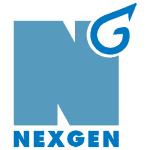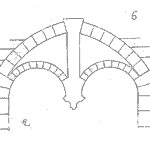
It is becoming more apparent that companies are treating their operational data with the “respect” deserved. About time and if not, then they should start now. Operational Data is typically stored in the CMMS (Computer Maintenance Management System) or historical records repositories.
Data is knowledge. Data is power. Data is the basis of good decision making.
This article also suggests that data could be revenue generator. Therefore, a company’s data is akin to extracting gold from a mine. Like gold, data requires hard work to get and hold on to. Yet, it is highly lucrative when exploited, refined, and traded. The organization running the equipment generates the Operational Data. It can also be generated by a third party. In the following paragraphs, we see the untapped opportunities data and historical records can offer.
[Read more…]












 Ask a question or send along a comment.
Please login to view and use the contact form.
Ask a question or send along a comment.
Please login to view and use the contact form.